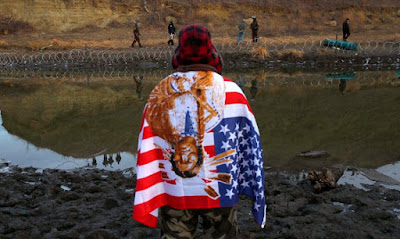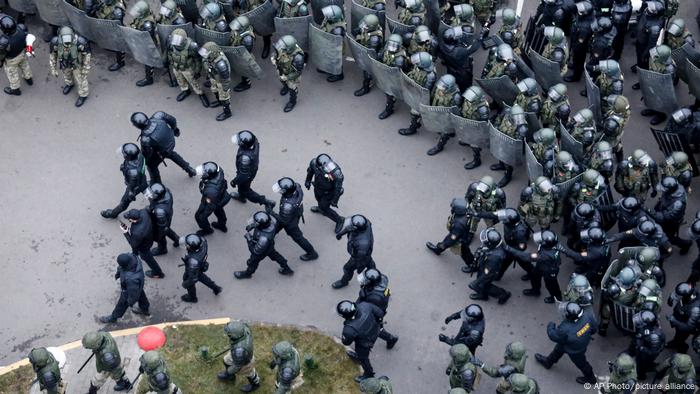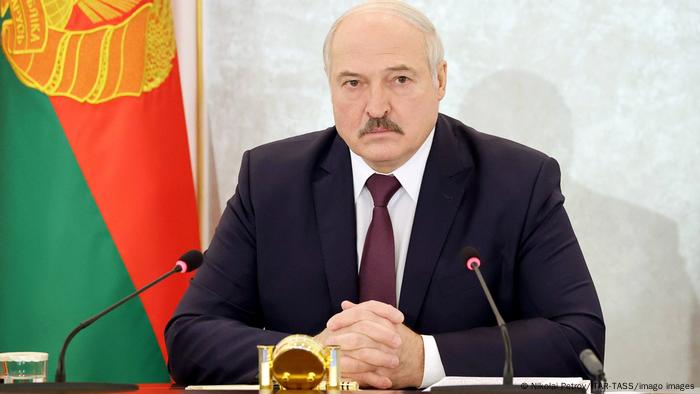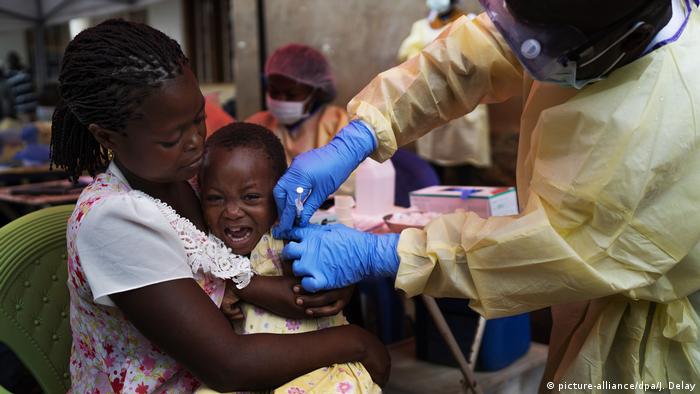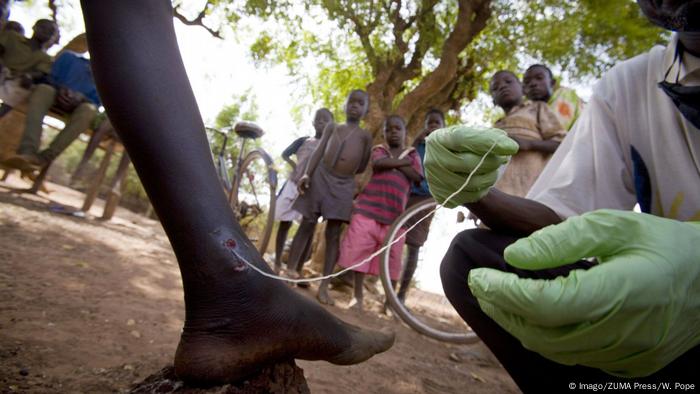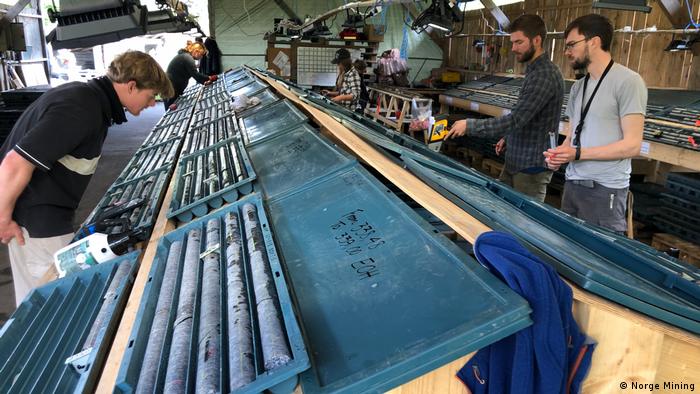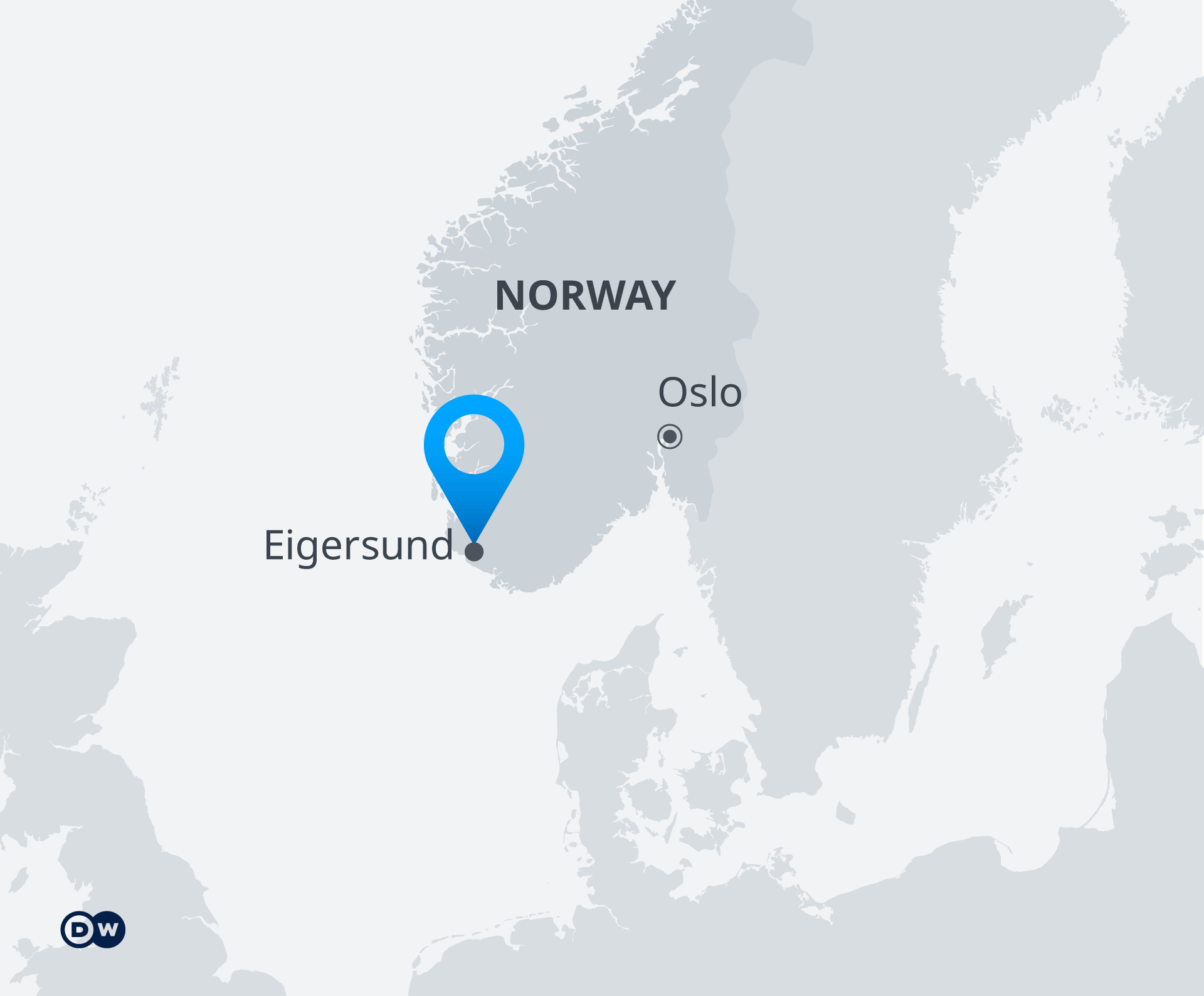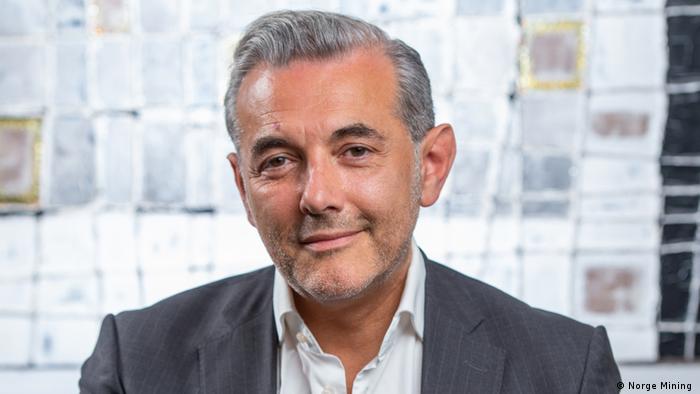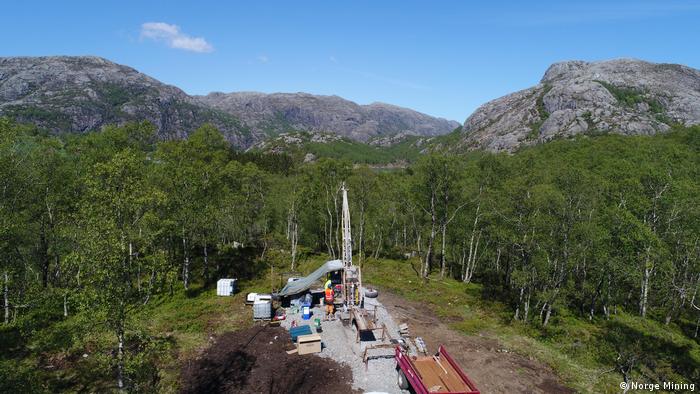Court upholds ruling invalidating Dakota Access, but doesn't shut down pipeline
A federal appeals court on Tuesday declined to shut down the Dakota Access Pipeline even as it upheld a ruling from a lower court throwing out a decision that allowed its construction.
A federal appeals court on Tuesday declined to shut down the Dakota Access Pipeline even as it upheld a ruling from a lower court throwing out a decision that allowed its construction.

© Greg Nash Court upholds ruling invalidating Dakota Access, but doesn't shut down pipeline
The three-judge panel ruled that the government should have conducted an environmental impact statement before going forward with the pipeline, and vacated easements granted for its construction to cross federally-owned land.
It also ordered the U.S. Army Corps. of Engineers (USACE), which had granted the easement allowing for the pipeline's construction to be completed, to conduct the environmental assessment.
But the D.C. federal appeals court did not agree with the D.C. federal district court's decision that the pipeline should be shut down. It left the decision on the pipeline's future to USACE.
The panel, made up of a Clinton, Obama and Reagan appointee, decided that shutting down the pipeline isn't automatically necessary because the easement was vacated. They argued that saying so would circumvent court precedent requiring a legal test to decide whether to grant such injunctions.
However, the decision left room for both agency action and additional litigation to potentially shut down the pipeline, leaving its future uncertain.
"It may well be - though we have no occasion to consider the matter here - that the law or the Corps's regulations oblige the Corps to vindicate its property rights by requiring the pipeline to cease operation," the ruling stated.
A spokesperson for Energy Transfer, the company behind the pipeline, didn't immediately respond to a request for comment from The Hill. A request for comment from USACE was also not immediately returned.
The three-judge panel ruled that the government should have conducted an environmental impact statement before going forward with the pipeline, and vacated easements granted for its construction to cross federally-owned land.
It also ordered the U.S. Army Corps. of Engineers (USACE), which had granted the easement allowing for the pipeline's construction to be completed, to conduct the environmental assessment.
But the D.C. federal appeals court did not agree with the D.C. federal district court's decision that the pipeline should be shut down. It left the decision on the pipeline's future to USACE.
The panel, made up of a Clinton, Obama and Reagan appointee, decided that shutting down the pipeline isn't automatically necessary because the easement was vacated. They argued that saying so would circumvent court precedent requiring a legal test to decide whether to grant such injunctions.
However, the decision left room for both agency action and additional litigation to potentially shut down the pipeline, leaving its future uncertain.
"It may well be - though we have no occasion to consider the matter here - that the law or the Corps's regulations oblige the Corps to vindicate its property rights by requiring the pipeline to cease operation," the ruling stated.
A spokesperson for Energy Transfer, the company behind the pipeline, didn't immediately respond to a request for comment from The Hill. A request for comment from USACE was also not immediately returned.
Some of the pipeline's opponents, meanwhile, expressed optimism that the Biden administration would shut it down.
"The court is giving the Biden administration the opportunity to get this right but holding the door open to further court action if they do not," said Jan Hasselman, an attorney with Earthjustice, who sued over the pipeline on behalf of the Standing Rock Sioux Tribe.
Meanwhile, some Dakota Access supporters cautioned against administrative action.
"The Army Corps of Engineers should be allowed to proceed as they are without political interference from the Biden Administration. This is not another opportunity to wage war on North Dakota's energy producers," said Sen. Kevin Cramer (R-N.D.) in a statement.
The Dakota Access Pipeline was completed in 2017 after former President Trump ordered for it to be revived, a reversal from when the Obama administration denied a permit for the project.
The controversial project, which carries oil from North Dakota to Illinois has drawn significant opposition from environmentalists and tribes over the years, spurring massive protests.
"The court is giving the Biden administration the opportunity to get this right but holding the door open to further court action if they do not," said Jan Hasselman, an attorney with Earthjustice, who sued over the pipeline on behalf of the Standing Rock Sioux Tribe.
Meanwhile, some Dakota Access supporters cautioned against administrative action.
"The Army Corps of Engineers should be allowed to proceed as they are without political interference from the Biden Administration. This is not another opportunity to wage war on North Dakota's energy producers," said Sen. Kevin Cramer (R-N.D.) in a statement.
The Dakota Access Pipeline was completed in 2017 after former President Trump ordered for it to be revived, a reversal from when the Obama administration denied a permit for the project.
The controversial project, which carries oil from North Dakota to Illinois has drawn significant opposition from environmentalists and tribes over the years, spurring massive protests.
